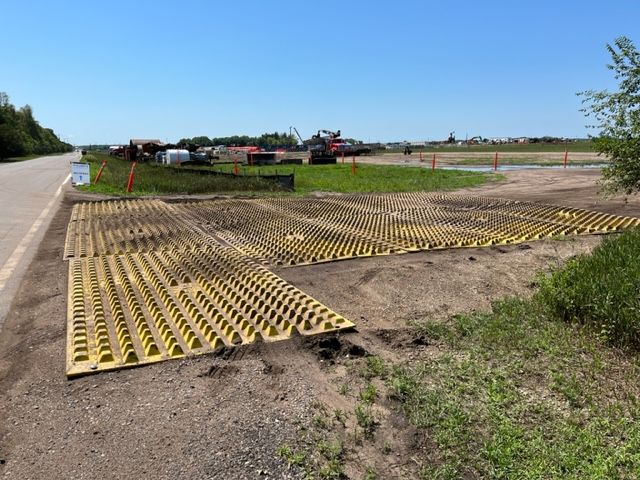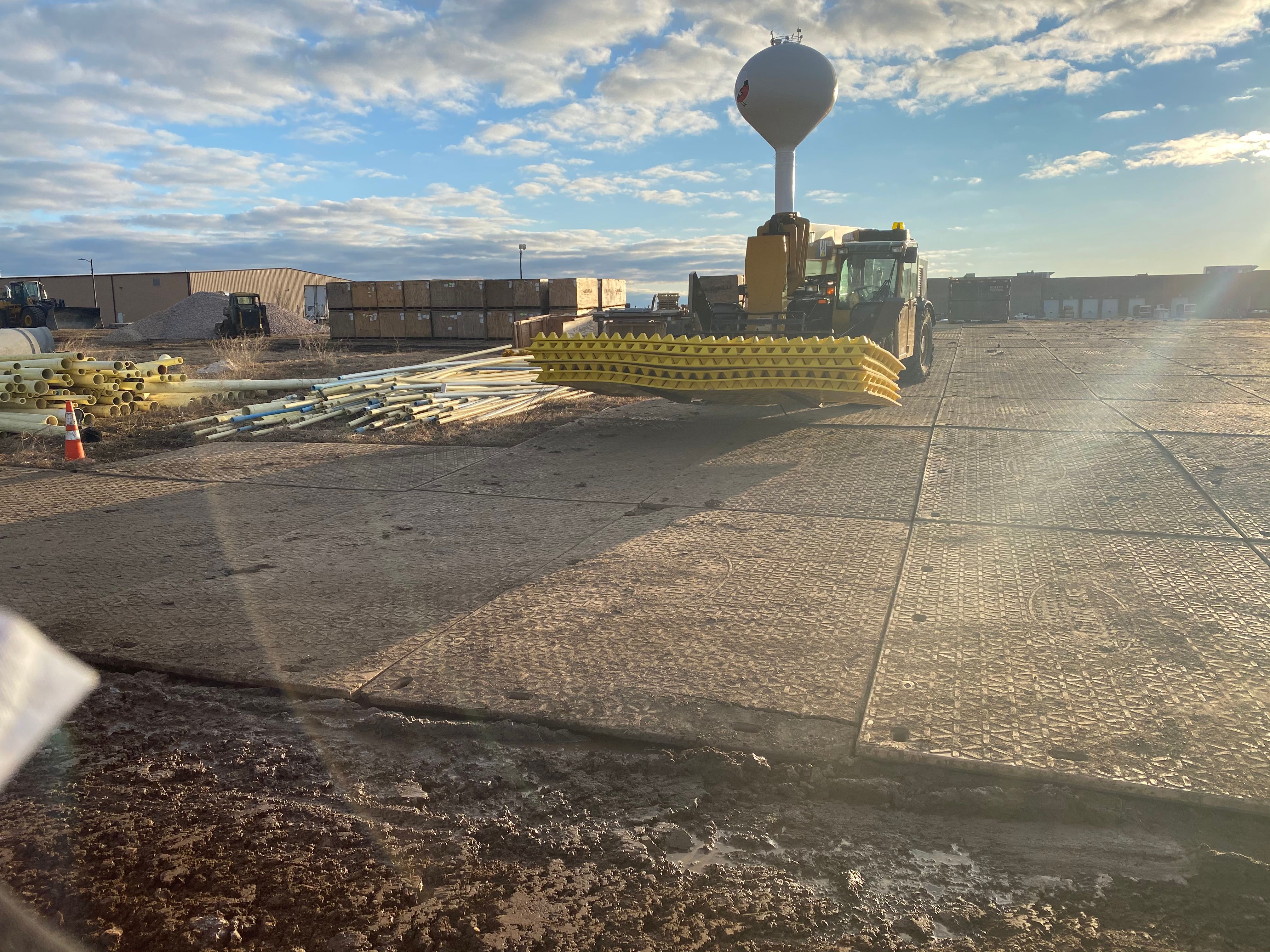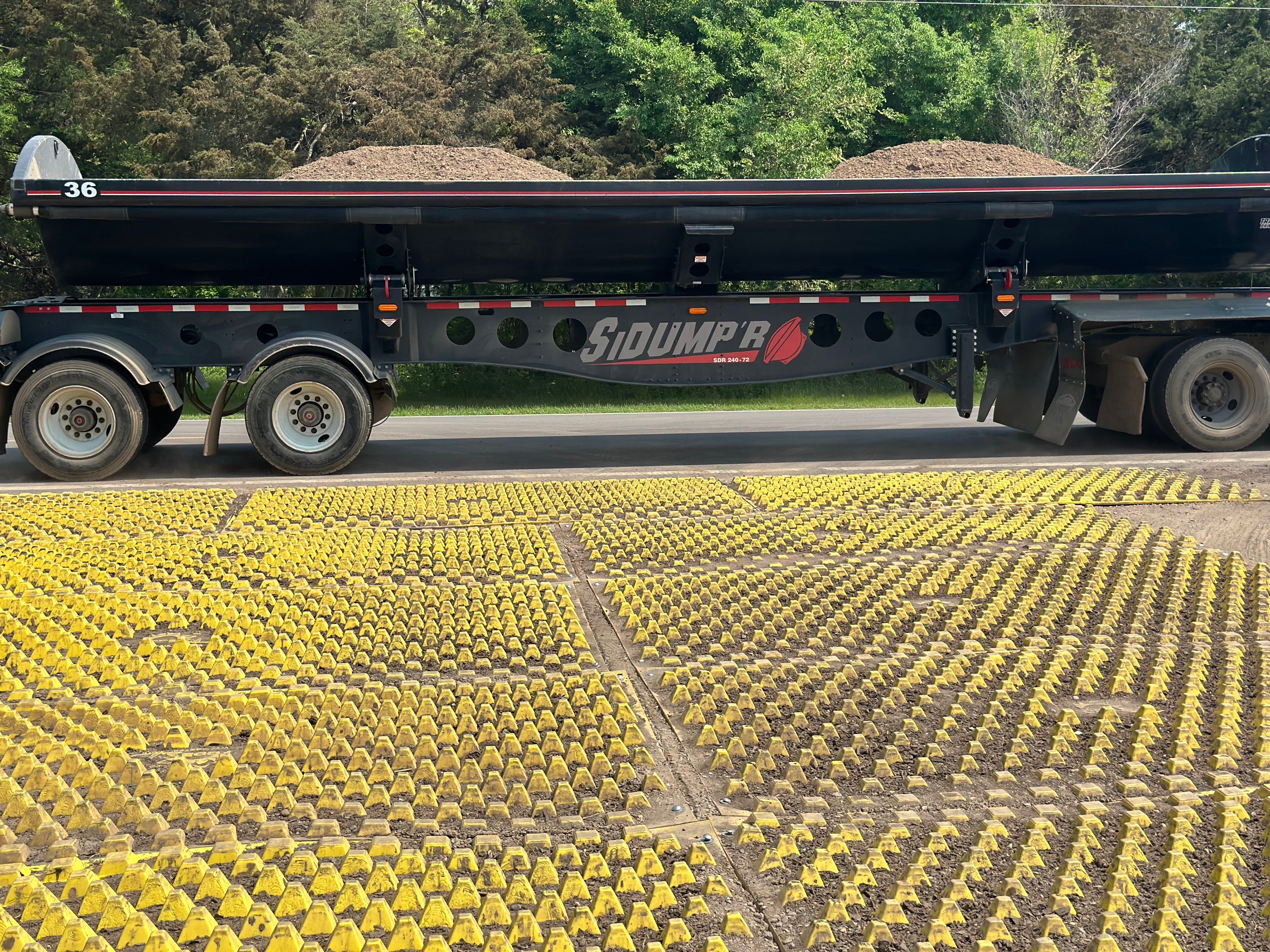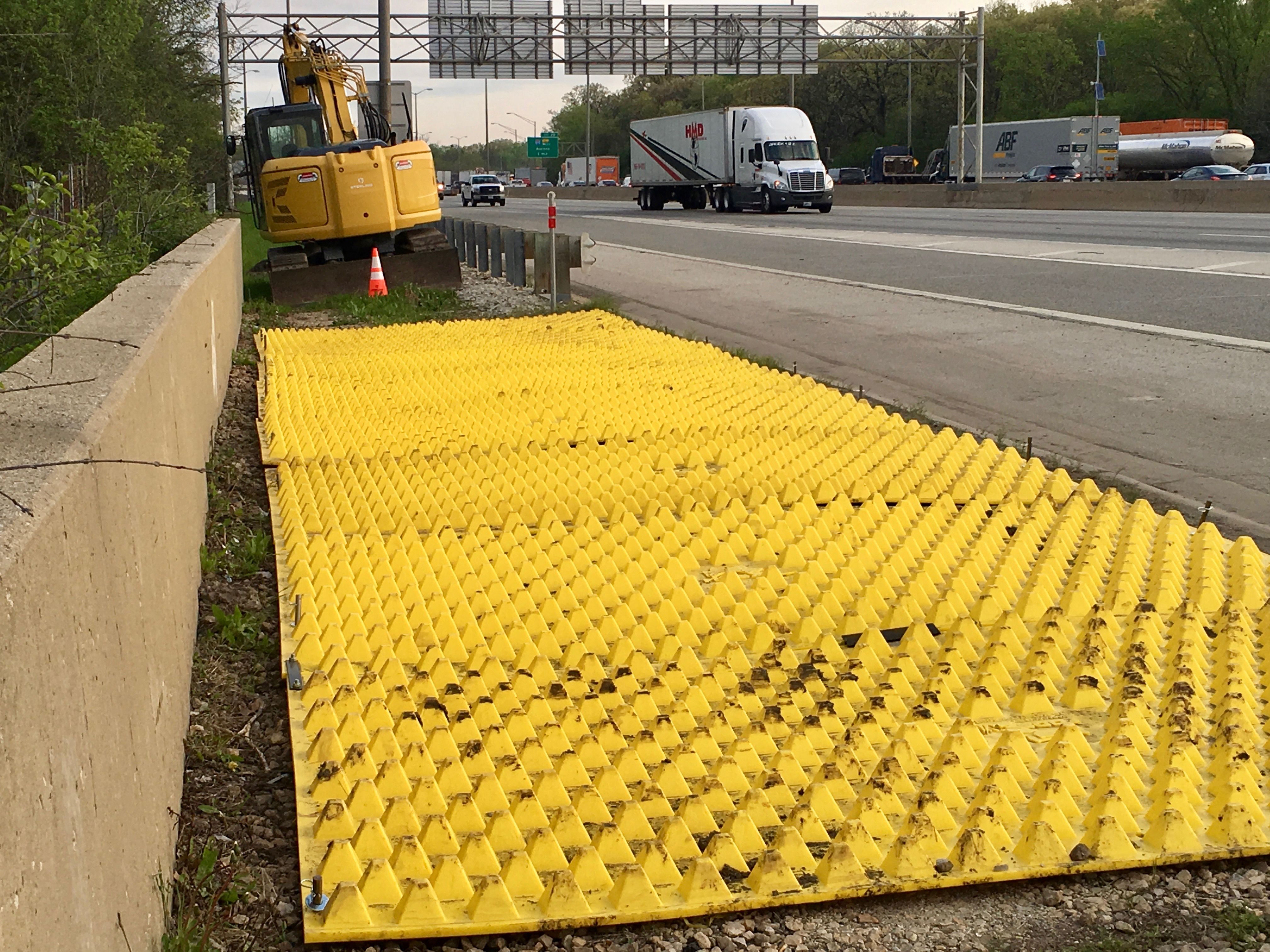Minnesota Vehicle Tracking BMPs
Minnesota, also known as the Land of 10,000 Lakes, boasts vast water resources and borders Lake Superior to the east. Lake Superior is the world's largest freshwater lake by surface area and holds nearly 10% of the world's freshwater supply. To protect these vital surface waters, the Minnesota Pollution Control Agency (MPCA) administers the State-delegated NPDES program and issues NPDES stormwater permits, which regulate discharges into Minnesota's surface waters. The NPDES permits authorized discharges of stormwater from construction, industrial, or municipal sources. These MPCA stormwater permits require that steps be taken to minimize pollution and sedimentation resulting from industrial, municipal, and construction activities. Additionally, the MPCA has developed guidelines and manuals to support contractors as they plan projects and implement pollution reduction strategies.
Minnesota NPDES Construction Stormwater General Permit
All construction projects that disturb an area larger than one acre are required to obtain an MPCA Stormwater Permit, which authorizes the discharge of stormwater associated with construction activity. The MPCA Construction Stormwater permit (MNR100001) application requires a Stormwater Pollution Prevention Plan (SWPPP), which outlines potential pollution sources and the techniques that will be used to contain pollution and minimize erosion and sedimentation throughout the project. The permit application also requires contractors to identify whether the construction project will be within a one-mile radius of a Special or Impaired water source. Projects that have the potential to affect Special or Impaired water sources (See links below) are required to implement additional control measures to prevent and minimize erosion, sedimentation, and pollution that occurs from construction projects.
The Minnesota Stormwater Manual provides in-depth information on controlling sedimentation and erosion on job sites, including details on stabilized construction entrance areas. Using a soil tracking prevention device can significantly reduce the amount of mud that leaves the jobsite, which can be washed into surface water sources. The online manual includes examples of construction entrance wash racks, shaker racks, vehicle tracking pads, and other temporary construction entrance techniques.

MnDOT Construction Exit Control Details & MPCA Vehicle tracking BMPs
Sediment control practices include a variety of vehicle tracking BMPs to minimize or contain trackout. The MnDOT Standards (pg. 493) include multiple options for construction entrance controls, including slash mulch, crushed rock, temporary paving, reinforced geotextile, sheet pads, floating road, timber pad, and rumble pads. The standards also advise on the use of wash racks or wheel wash stations when tracking is not sufficiently reduced by standard vehicle tracking BMPs.
The Minnesota Stormwater Manual is an online resource that provides details about Best Management Practices and techniques used to minimize the impact of pollution sources on industrial and construction sites. Construction entrance and trackout control techniques are described under Sediment Control Practices - Vehicle Tracking BMPs. The manual identifies three standard types of vehicle tracking BMPs: rock or stone vehicle tracking pads, shaker racks, and wheel washer or wash rack systems.
The rock construction entrance or rock vehicle tracking pad consists of a layer of aggregate over a nonwoven geotextile fabric. The width of a rock vehicle tracking pad should be sufficient to effectively clean the tires of the largest vehicles that will be using the site. The manual states that rock tracking pads must be at least 50 feet long and should include a wide turning radius to prevent tracking as vehicles turn onto the roadway. Entrances should use 2 - 6 inch diameter aggregate (larger is better), and the pad thickness should be between 6" and 12" in depth.
The rock entrance should be inspected regularly to ensure it remains effective in minimizing trackout. During wet weather conditions, rock construction entrances may require more frequent maintenance. When mud builds up between the rocks, the tracking pad should be maintained by cleaning the aggregate, adding more aggregate, or replacing the entrance. When the job is complete, the entrance should be removed and stabilized. Shaker racks or rumble plates can also be used to remove sediment from vehicle tires. Rumble grates come in various designs: simple angle iron welded to a steel plate, grates with a void below similar to a cattle guard, and raised platforms with a metal grate/grid allowing sediment to fall through. The manual states that a shaker plate with over 4" of space below the top racks may be used directly on the substrate. Rock must be placed below the shaker plates when there is less than 4" of space between the tops of the rack and the substrate. When the voids below the shaker rack are filled with sediment, the system should be emptied to maintain optimal performance.

Shaker racks should be wide enough to accommodate all traffic exiting the site and should be of sufficient length to remove sediment and debris from vehicle tires. Rock tracking pads and shaker racks are often used in combination to prevent trackout.
Wash Racks or wheel washer systems use pressurized water to wash away sediment from vehicle tires. Wash racks can be pre-manufactured or constructed on-site. Vehicles should drive over a stable path that allows drainage into a sediment trap or other containment technique. The spacers can be automated or manually operated and should remove as much sediment as possible. The manual includes a caution about using wash racks in the winter: "Consider ice buildup on roadways as dripping vehicles leave the site during cold weather."

FODS Reusable Construction Exit
FODS mats provide an alternative to traditional soil tracking prevention devices. The mats are modular 12' by 7' mats which have pyramidal-shaped structures on their surface. As vehicles pass, the pyramids deform and rock the tires, releasing sediment stuck between the tire lugs. FODS mats are practical in dry conditions and on muddy construction sites. A standard layout is a 1x5T, which provides approximately five tire rotations for a standard semi-truck and a wide turning radius. With an expected service life of over ten years, these mats offer a cost-effective, reusable solution that meets or exceeds EPA standards for minimizing sediment trackout.
For this rockless, reusable, and quickly deployable system, FODS is ideal for highway projects that often employ hundreds of entrances throughout the project's course. As each phase is completed, FODS mats can be relocated to the next entrance point. Eliminating the hazard of tracking rocks into the street, FODS is ideal for highway construction work. The water-free, all-weather system can provide trackout control in all seasons and can be installed over any substrate.
Minnesota Projects Using FODS
Outside of Minneapolis, the 12-mile MnDOT I-35W North MnPASS Project provided numerous improvements to the interstate. The $200 million Design-Build project includes a new MnPASS lane to I-35W between Roseville and Blaine, repaving the highway and ramps, replacing and rehabilitating six bridges, and installing seven separate noise walls totaling 4.1 miles in length.
Ames Construction utilized the FODS Reusable Construction Entrance System, which can be quickly transported and deployed at each phase of the project. In addition, this rockless system helps to reduce hazards caused by rocks tracking onto active highways or getting lodged between dual tires. By providing reliable, reusable trackout control across multiple phases of construction, FODS supported safer roadway conditions and helped maintain compliance on one of Minnesota's most heavily traveled interstate corridors.
Additional Resources:
MPCA Construction Stormwater Permit
Minnesota Stormwater Manual - Vehicle Tracking BMPs
Minnesota Urban Small Site BMP Manual - Vehicle Tracking Pad
MPCA Stormwater Construction Inspector’s Field Guide
MnDOT Standard Specifications for Construction

